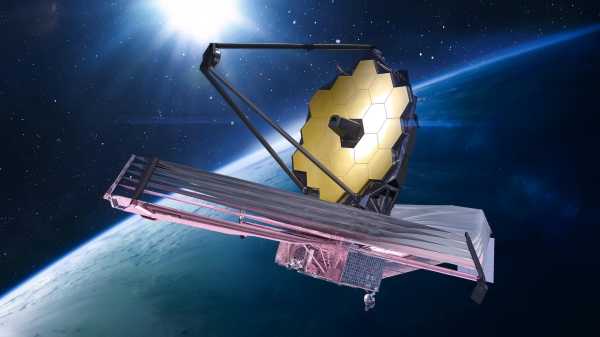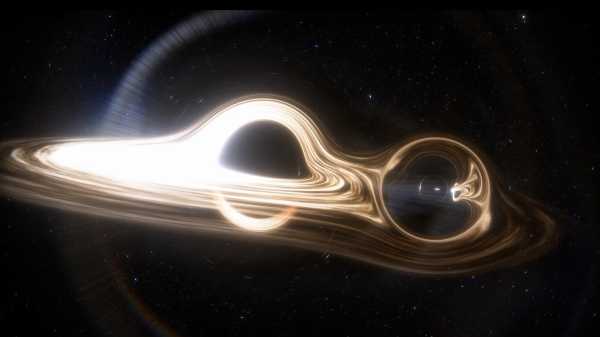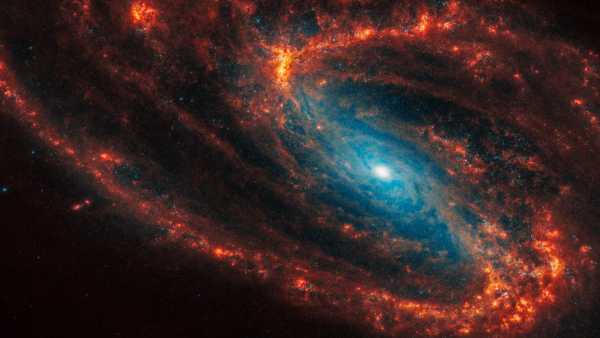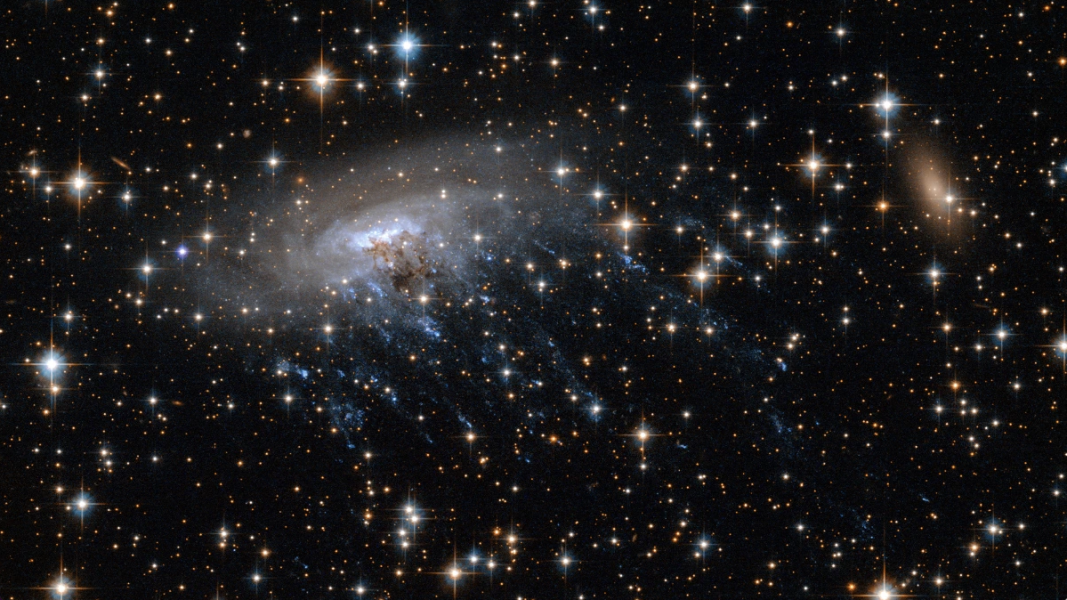
An example of a jellyfish galaxy, with blue “tentacles” at the bottom where star formation is taking place. Scientists using the James Webb Space Telescope may have just found one of the most distant jellyfish galaxies ever discovered. (Image credit: NASA/ESA)
Using high-resolution images from the James Webb Space Telescope (JWST), astronomers appear to have discovered a new “jellyfish” galaxy located approximately 12 billion light-years from our planet.
The galaxy appears to have gas and star “tentacles” protruding from one side, likely indicating that it is a jellyfish galaxy – a type of galaxy that loses star-forming material as it moves through space. While further analysis is needed to confirm whether the newly discovered galaxy actually belongs to this category, all indications are that it does.
Ian Roberts, an astronomer at the University of Waterloo, discovered this unique galaxy while studying images taken by the JWST. His team's research is available on the preprint server arXiv, but has not yet been peer-reviewed.
You may like
-
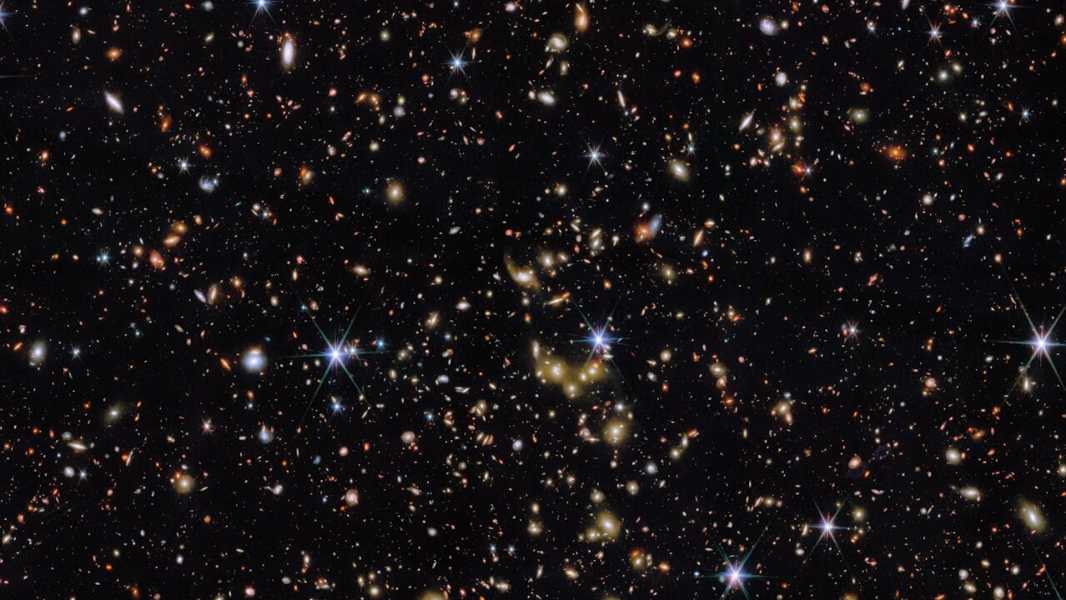
Space Photo of the Week: Record-Breaking James Webb Telescope Image Captures 1,678 Galaxy Clusters Simultaneously
-
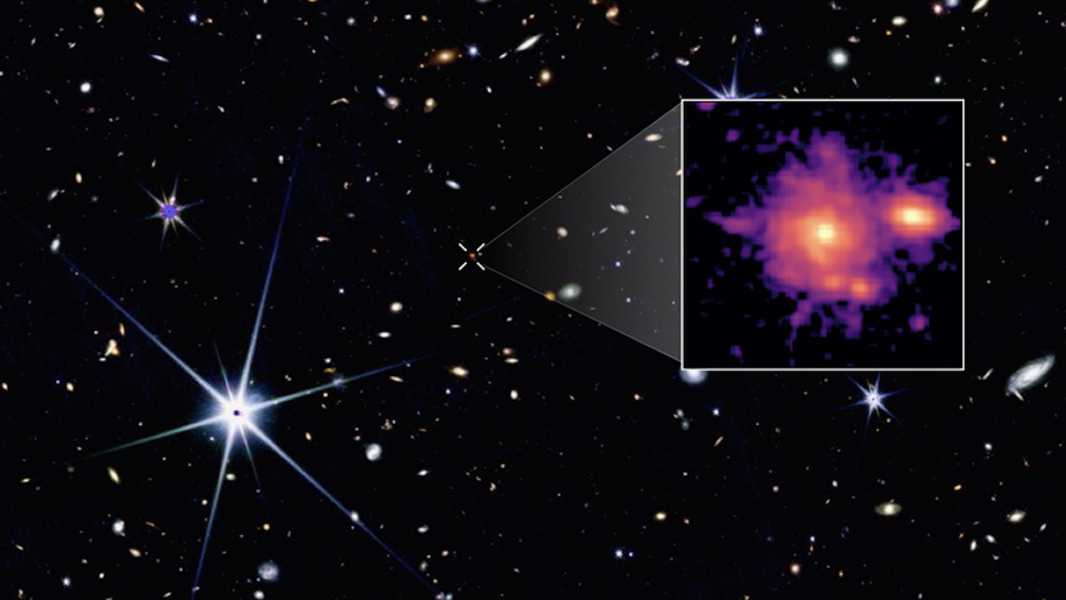
James Webb Telescope Discovers Milky Way's Long-Lost 'Twin' at Dawn of Time
Sourse: www.livescience.com


